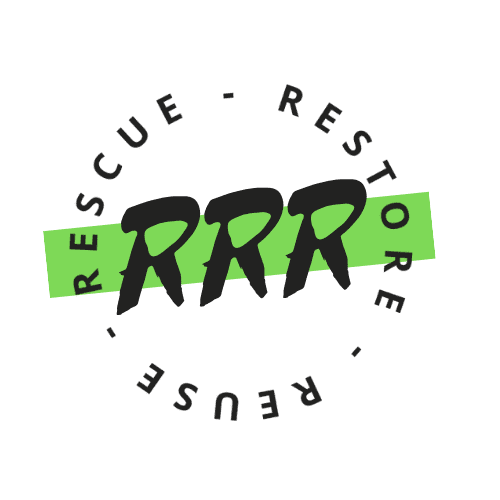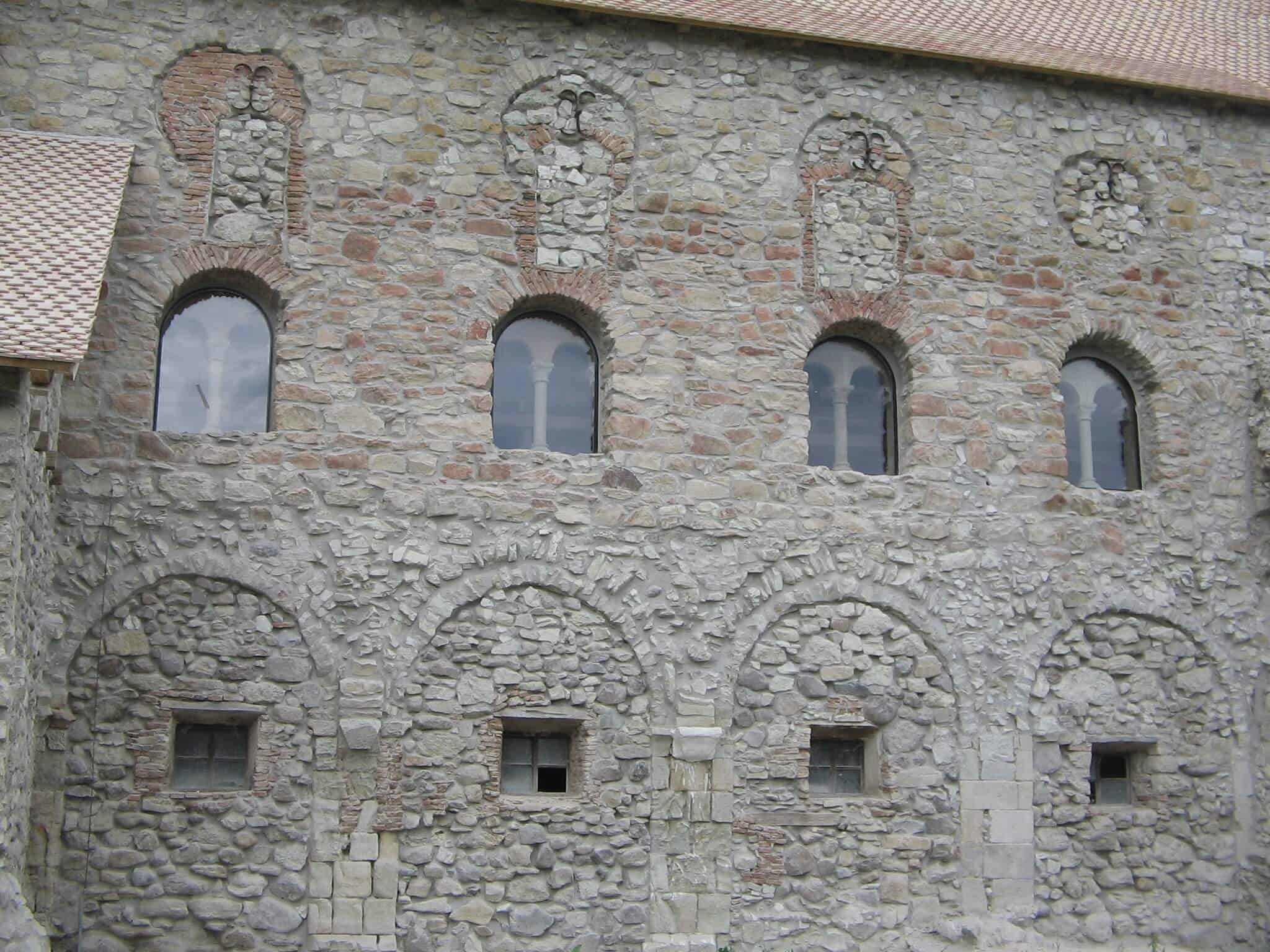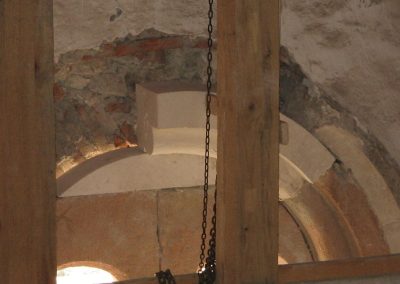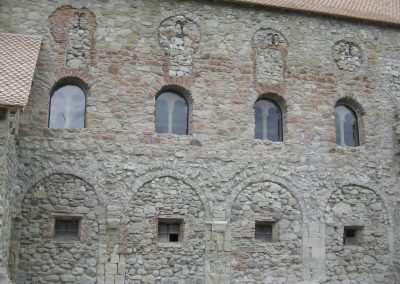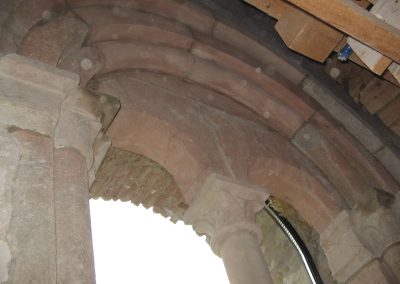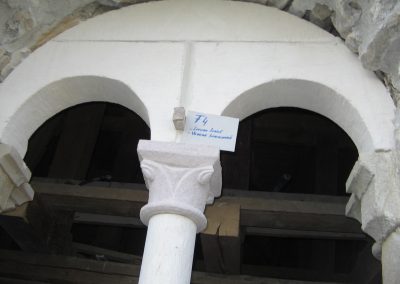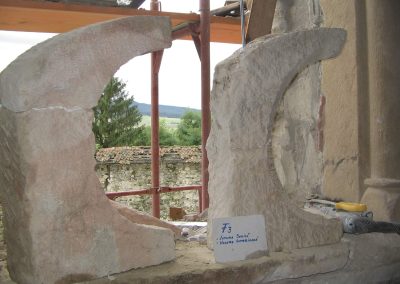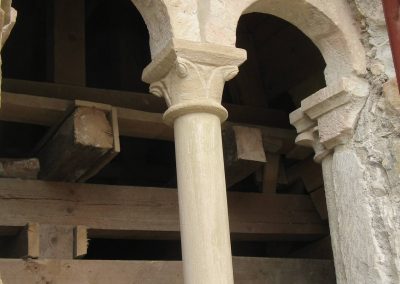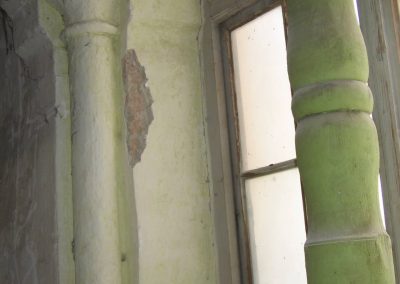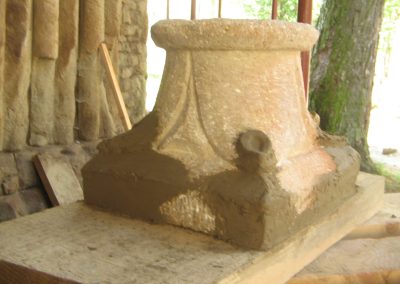Description: Restoring a fortified church built in the Romanesque style in the 13th century
Restoring a fortified church built in the Romanesque style in the 13th century would require careful research, architectural expertise, and historical documentation. While I can provide you with some general guidelines, please note that restoring a historical structure is a complex process that should be undertaken by professionals in the field. Here are the steps involved in restoring the destroyed or missing architecture of the fortified church:
- Research and Documentation:
- Collect all available historical records, drawings, photographs, and any other relevant documentation of the original church.
- Consult local archives, historical societies, and experts to gather as much information as possible about the original design and construction techniques.
- Assessment and Evaluation:
- Conduct a thorough assessment of the existing structure to determine the extent of the damage and identify the missing architectural elements.
- Evaluate the structural stability and integrity of the remaining portions of the church.
- Design and Planning:
- Engage architects, historians, and conservation specialists who are experienced in restoring historic structures.
- Use the gathered information and documentation to create detailed architectural plans and drawings.
- Determine the appropriate materials, techniques, and craftsmanship required to reconstruct the missing elements.
- Reconstruction Process:
- Begin by stabilising the existing structure and implementing necessary measures to prevent further deterioration.
- Reconstruct the missing architectural elements using traditional construction methods and materials wherever possible.
- Utilise skilled artisans and craftsmen who specialise in traditional techniques to ensure authenticity.
- Preservation and Conservation:
- Implement measures to protect the restored architecture from future damage, such as appropriate climate control and regular maintenance.
- Document the restoration process with photographs, videos, and written reports to maintain a record of the project.
- Historical Accuracy:
- Strive to achieve historical accuracy while reconstructing the missing elements, based on the available evidence and expert knowledge.
- If certain aspects of the original design are unknown or poorly documented, consult similar structures from the same period for guidance.
- Community Involvement:
- Engage the local community, historians, and heritage organisations in the restoration process to ensure their input and support.
- Organise public events, lectures, or guided tours to raise awareness about the historical significance of the restored church.
Remember that the restoration process should prioritise the preservation of historical authenticity while ensuring the structural stability and functionality of the church. It’s crucial to consult professionals with expertise in historical preservation, architectural restoration, and conservation throughout the entire project to ensure a successful restoration.

